In Bid to Save Southern Ocean, Renowned Photographer Aims At Penguins
Wildlife photojournalist and conservationist Paul Nicklen calls this massing of some 400,000 king penguins on South Georgia Island, Antarctica, a moment when “all I could do was stare.”
© Paul Nicklen
World-renowned photojournalist Paul Nicklen, who has been documenting the polar regions and their native wildlife for more than 20 years, is motivated by more than the quest for a great shot.
He is on a mission to generate global awareness of the changing environment and threats to wildlife in both the Arctic and Antarctic, a drive he attributes to growing up among the Inuit in Canada and his early career as a marine biologist.
“I want my photos to document some of the most remote and stunning ecosystems on Earth and to show what’s at risk if we don’t protect our environment,” Nicklen says.
He posts images to the 3.2 million followers of his popular Instagram feed of the animals and people he encounters while traveling, and seizes every opportunity to explain the importance of conserving some of the last untouched ecosystems on the planet.
On World Penguin Day, Nicklen provided stunning imagery of the iconic birds, taken during his visits to Antarctica, for a “takeover” of The Pew Charitable Trusts’ conservation-focused Instagram feed.
A gentoo penguin peeks underwater, checking for predatory leopard seals. “These birds quickly size me up,” says Nicklen. “When they decide I’m not a threat, they go about their lives and I’m able to see them in action.”
© Paul Nicklen
Nicklen says the key to successfully photographing animals in the wild is patience. “You can’t disturb your subjects or expect a quick shot. But if you keep watching, the natural world reveals itself in all of its incredible beauty.”
“Nothing compares to watching these birds underwater,” Nicklen says of emperor penguins. To jump out of the water, they release bubbles from their feathers to reduce friction and increase speed.
© Paul Nicklen
Penguins’ “impressive leaping isn’t just meant to show off their power and grace—it also helps them steer clear of any leopard seals that may be lurking at the edge of the ice,” Nicklen says.
© Paul Nicklen
”So much responsibility, dedication, and love is required to raise a single baby emperor penguin. While these penguin parents are doubtlessly up to the job ... we humans also have a responsibility for the future of penguins.”
© Paul Nicklen
Nicklen knows from extensive firsthand experience what is at stake if conservation of the polar regions is delayed.
“If we lose the sea ice, we lose this ecosystem,” he observes. “While photographing Antarctica over the past two decades, I’ve seen [the] changes.” Nicklen adds that the oceans can be very resilient if humans take action to protect them. The 2016 designation of the world’s largest marine protected area in the Ross Sea was a good first step. Now, he says, “we must protect more of these Antarctic ecosystems.”
A full network of marine protected areas in the Southern Ocean would not only preserve connectivity among the many unique ecosystems in the region but also allow marine life to migrate between protected areas for breeding and foraging. Other reasons for shielding these areas from unrestrained human activity include how the circumpolar currents help sustain life well outside the region and Antarctica’s role as a relatively pristine “living laboratory” for scientists studying climate change.
This October, two proposals for Southern Ocean marine protected areas are up for consideration during the annual meeting of the Commission for the Conservation of Antarctic Marine Living Resources (CCAMLR), the management body established to protect the Southern Ocean’s biodiversity. One area would protect the Weddell Sea and the other would safeguard the waters off East Antarctica. If both are designated, CCAMLR’s 25 member governments would move closer to fulfilling the commitment they made in 2002 to establish a network of marine protected areas and preserve the intact and biodiverse Antarctic ecosystems for future generations.
Andrea Kavanagh directs The Pew Charitable Trusts’ global penguin conservation program.
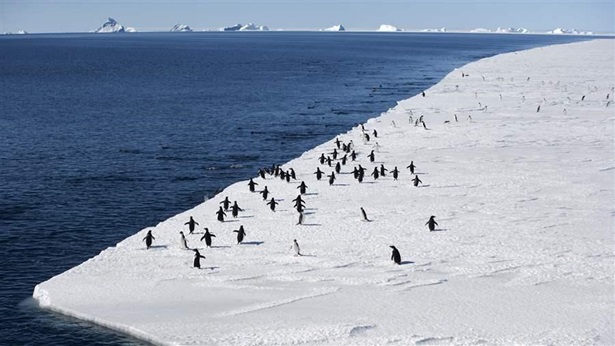
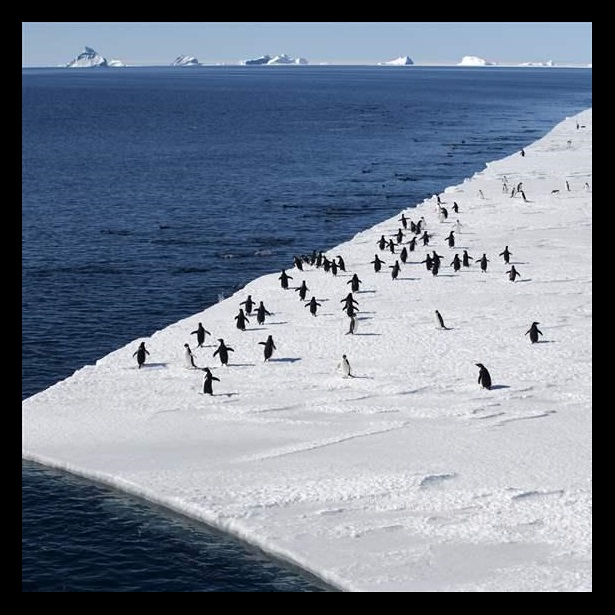
Pew: Urgency Grows for Network of Protected Areas Off Antarctica
CCAMLR’s 25 member governments called on to fulfil 2002 commitment
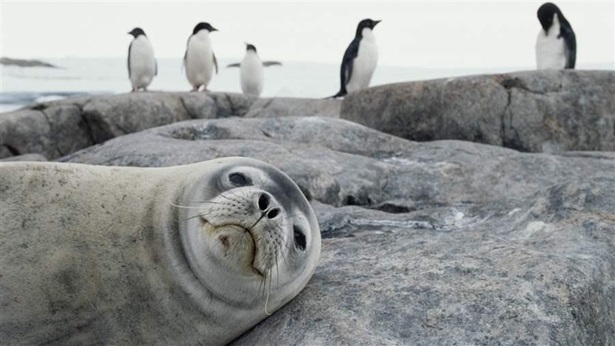
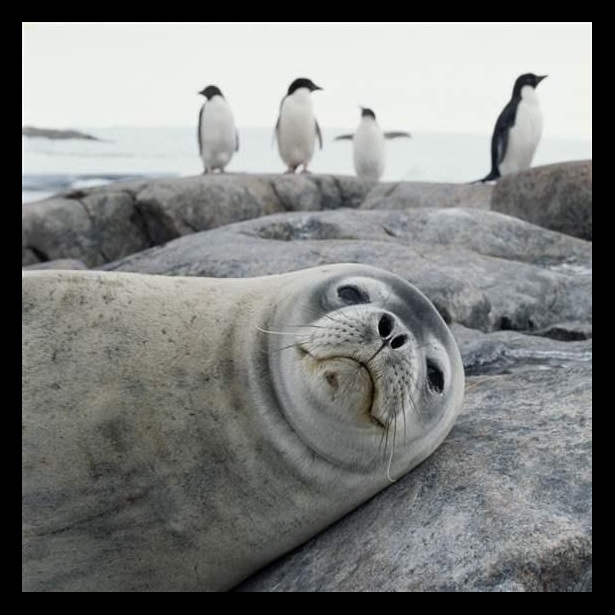
A Network of Marine Protected Areas in the Southern Ocean
Protecting one of Earth’s last great wilderness areas
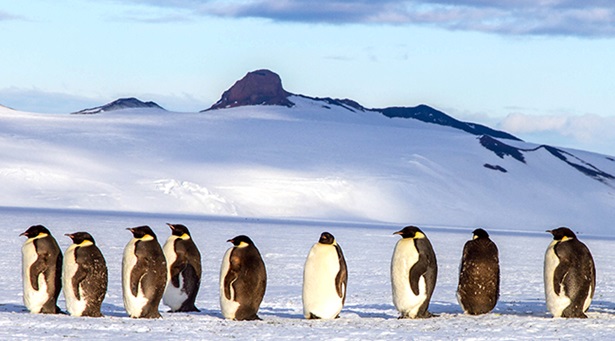
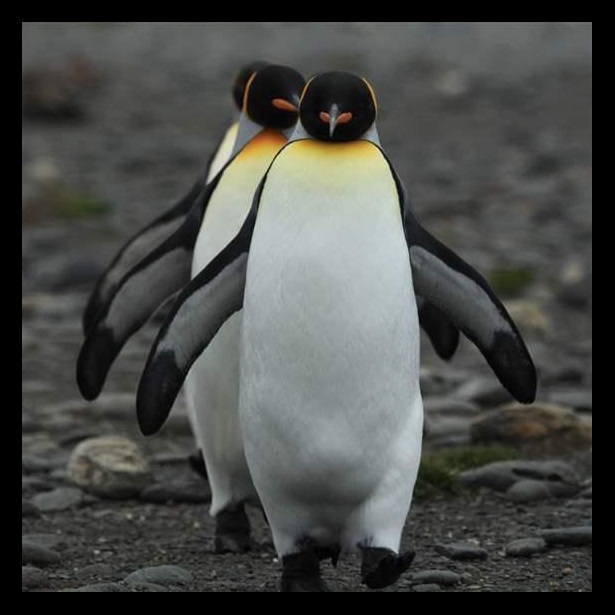
What Kind of Penguin Are You?
Discover your penguin personality and find out where you would live in the vast Southern Ocean







